« I think the practice of padel can exceed the tennis in France, as it has already done in Spain. The courts are smaller, the cost is lower, and thefaster learning. »
This sentence, pronounced by Sergio Sanchez-Barbudo Sanchiz, Professor of padel in the North of Madrid, pretty much sums up the major assets of the padel.
Several factors, internal or external to the practice of padel, make the latter more attractive than other racket sports, or even other sports more generally. These factors relate to the amateur practice of padel : we then consider the factors that influence the choice of the individual, when choosing the sport he will practice.
The internal factors are purely game-related factors (technical, tactical, physical).
The external factors concern aspects that are external to sport, but essential for its functioning (social, economic, logistical, health).
Technical simplicity and a playful aspect
Racquet sports are generally very difficult sports to grasp, due to the technical difficulty they impose. Tennis, for example, is one of the sports that requires the most training time to begin to produce real exchanges, and therefore to to have fun. Tennis is even one of the sports with the dropout rate after one year of highest practice.
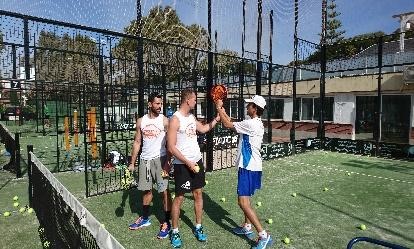
According to a study carried out by the FFT and the IRDS 66 in 2010, more than 50 % abandonment of the practice of tennis occurs at the end of the first year of practice. Beginner players get discouraged quickly because progression in tennis is slow, and the fun is non-existent when it's so hard to return the ball. Usually at padel, from the very first sessions, the players manage to exchange balls and have fun.
Le playfulness of this sport allows you to feel a much faster progress than other racket sports. The racquet is more manageable: it is easier to hit the ball in the desired direction, and to measure out your shots. There rapid progression is very encouraging for the player, giving him the desire to continue playing to achieve ever more pleasant points.
A very stimulating sport on the tactical aspect
Au padel, the presence of glass on which the ball can bounce adds a real tactical challenge to this sport. Rebound must be anticipated so that the player is in the best conditions to return the ball. It is sometimes more judicious to advance towards the net, rather than to retreat towards the window when the opponent's blow is powerful.
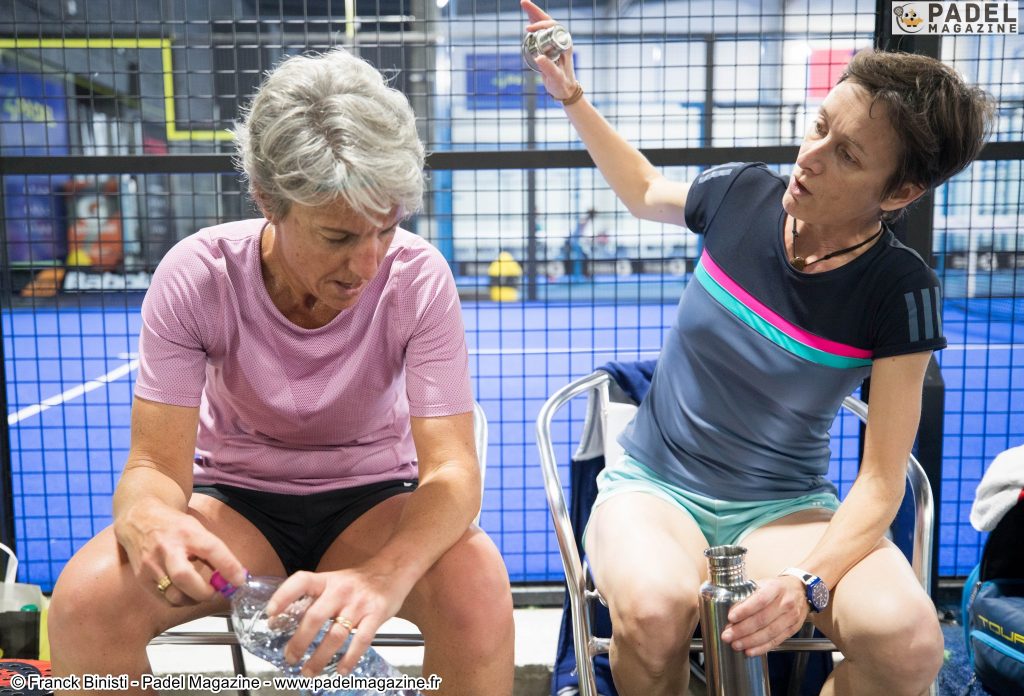
Thus, the rebound on the glass will be more powerful, and the ball will go towards the middle of the court. Moreover, the effects are very important padel : it is necessary on the one hand to anticipate the effect of the rebound on the ground, but also that against the window which can be very particular.
Cut shots and smashes are the most used shots in the padel : the coupe crashes towards the ground when the ball hits the glass, while the smash puts the opposing team in great difficulty. It is even possible to go out of court to return a ball before it bounces on the ground outside the court.
If the opponent has made a very powerful smash, this situation can happen and we see it frequently during the matches of the top players.
Au padel, the opponents are almost never beaten: you have to put in place a very good strategy to win a point. All these features make padel a cerebral sport, in addition to the physical aspect that intervenes.
A sport of physical expenditure without contact
Like all racket sports, the padel is a sport without physical contact between the two teams. This aspect greatly reduces the risk of injury, making padel safer sport. Moreover, the practice of padel allows a complete work on all the muscles of the body. The presence of windows all around the court modifies the movement: indeed, this aspect favors the quality of the movement rather than the quantity. In other words, it is better to choose your placement on the court tactically, rather than to run to four corners of the court and focus on the physical aspect.
The physical aspect of this sport is therefore moderate, because it is possible to compensate for a physical deficiency by a good tactical knowledge. This is why ex-tennis players who are no longer as physically efficient in their sport often go to the padel to continue to play with intensity. They are also often very good at padel. Carlos Moya ou David Ferrer, two retired Spanish tennis players, are good examples.
The social character of padel
The reduced physical appearance of padel allows seniors to perform very well in this sport. Unlike other sports in which the physical aspect is cruciathere the padel does not contain physical restraint for older players. On the contrary, they are often even more efficient, because their tactical reading of the game is more accurate. Thus, older players can play with teenagers without there being a striking difference in level. It is not uncommon to see a grandfather and his grandson playing a game of padel. THE padel then becomes a inter-generational activity.
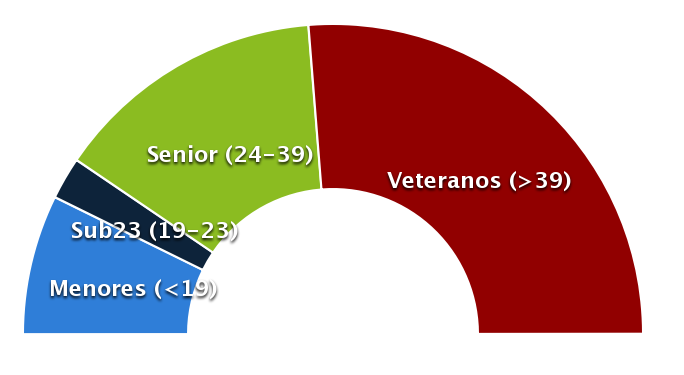
The graph opposite shows the distribution of the licenses of the Spanish Federation of padel, according to the licensee's age in 2019. We note that more than half of the licensees belong to the "veteran" category and have over 39 years. This statistic supports the fact that the physical aspect of the sport is reduced, and that older people can, without a doubt, compete against younger players.
Economic simplicity
The economic aspect does not constitute a limit as regards the practice of padel. On the one hand for the players, who will not have to pay large sums to practice the padel. On the other hand for the clubs, for which an investment in infrastructures of padel will be less expensive than an investment in tennis courts, for example.
Concerning the player, the first price to acquire a racket of padel is less than ten euros with the Decathlon snowshoes in particular. For a more elaborate racket, it takes about fifty euros. The price of the vast majority of snowshoes oscillates between 50 and 100 euros. Racquets for professional players can go up to 500 euros. These prices are lower than those of tennis rackets. Court rental padel is generally less expensive than renting a tennis court.
In Spain, it is possible to rent a tennis court padel for less than ten euros per hour (costs divided by four like the number of players). In Paris, the Casa Padel offers admission at €19 during peak hours and €9 during off-peak hours for 90 minutes of padel. Monthly subscriptions range from €39 to €89 per month. These unit prices are comparable to the prices offered by the football “fives”.
Regarding the club, the padel is often a more profitable investment than tennis (however, the courts must be occupied). Indeed, according to the manager of the company Kaktuspadel, one of the leading companies in the sector in France, the padel constitutes a very good opportunity in terms of costs for the clubs: the investment in the construction of a padel would only cost 20 euros on average. By way of comparison, a tennis court costs on average 000 euros.
Logistical simplicity
Le padel offers the possibility of playing indoors (indoor). Since the court is smaller than a tennis court, it is easy to multiply the courts of padel in a large hangar for example.
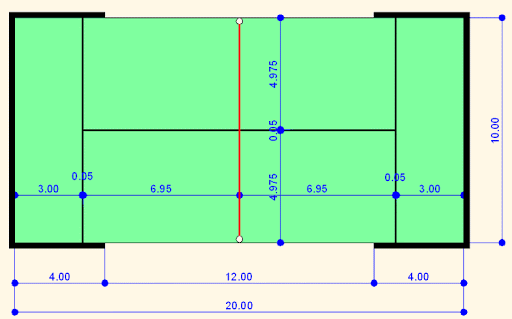
Part of the clubs padel in France are also located in this type of infrastructure (for example: Toulouse Padel Club, Padel Attitude, Casa Padel, Mind Padel, 4PADEL Valenciennes / Bordeaux, BIG PADEL Bordeaux, The Padel Club Bois d'Arcy, El Padel Club Lille, etc.). The area of a court is 200m2 (20 meters long and 10 meters wide), while that of tennis can be up to 760m2 (23,77m long and 10,77m wide, to which must be added 8m baseline and 4m on each side).
The advantage of this simplicity of placing the courts indoors is the fact that the courts of padel may appear in territories with unfavorable weather conditions. The land of padel also adapts very well to the exterior (outdoor), because its components are resistant. Maintenance is also less expensive than that of a tennis court.
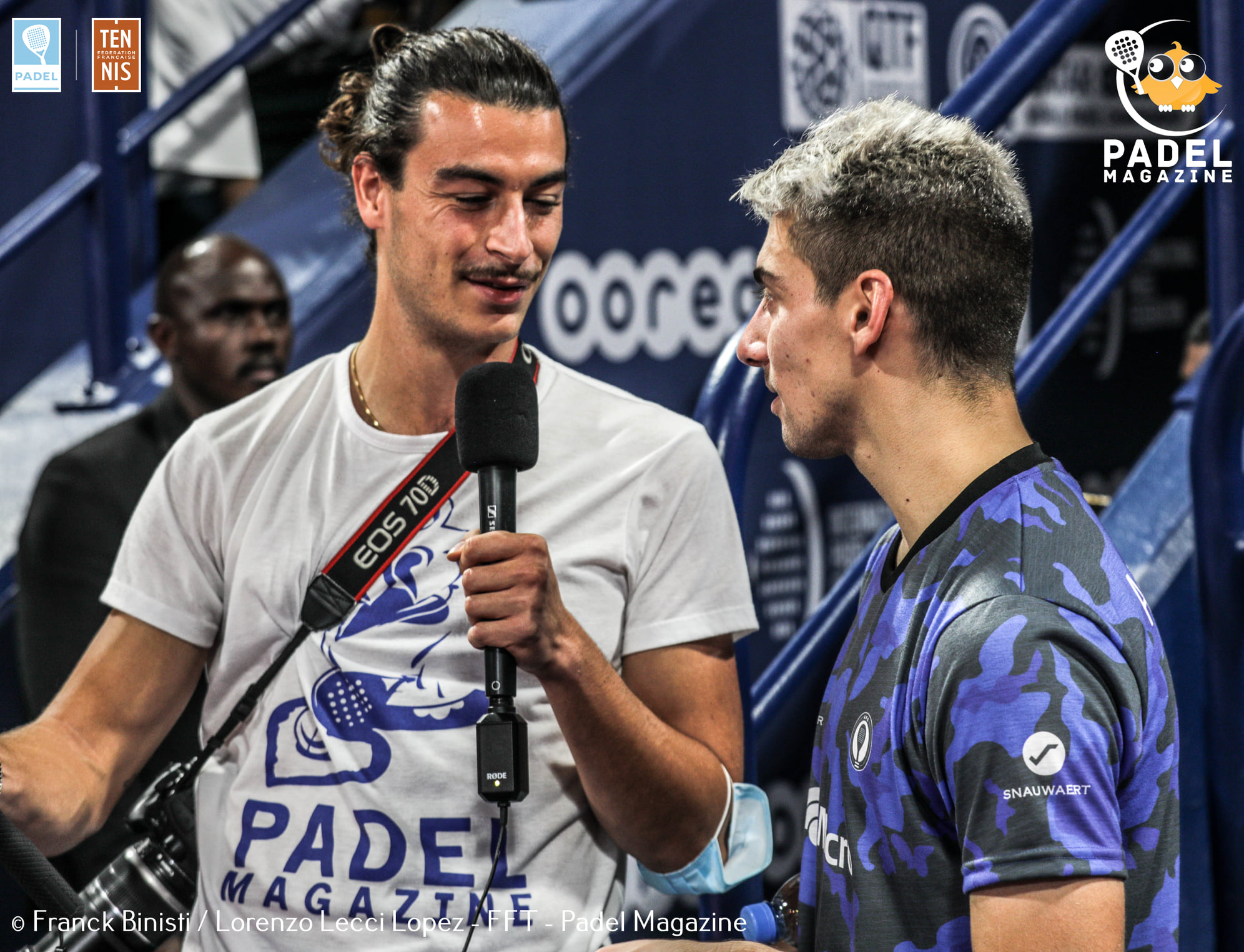
From his names, we can guess his Spanish and Italian origins. Lorenzo is a multilingual passionate about sports: journalism by vocation and events by worship are his two legs. He is the international gentleman of Padel Magazine. You will often see it on the various international competitions, but also on the major French events. @eyeofpadel on Instagram to see his best photos of padel !




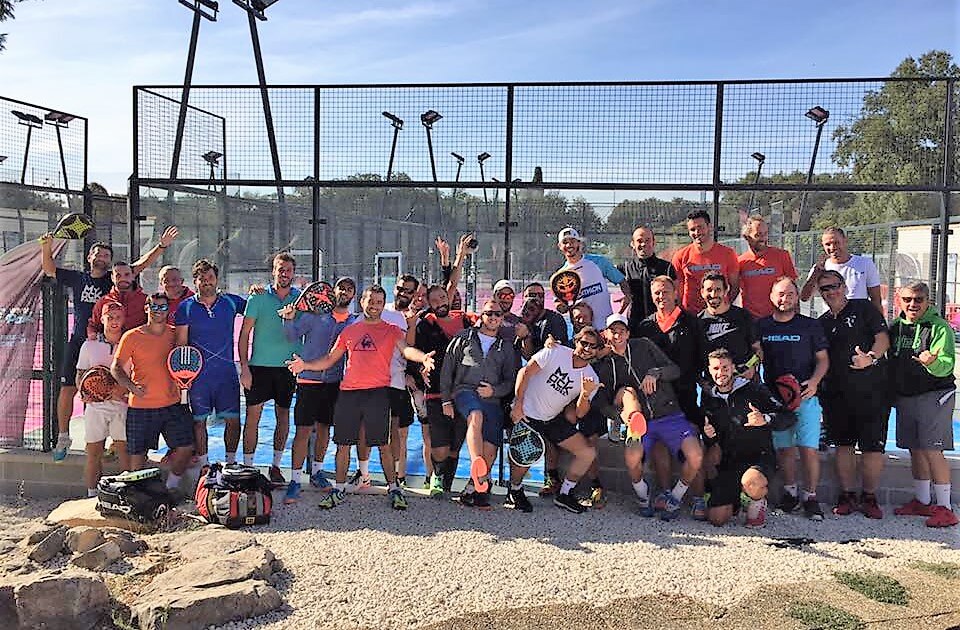












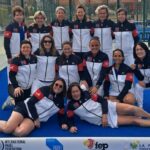
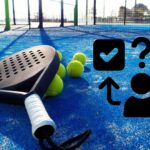
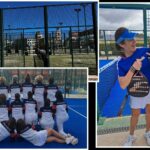
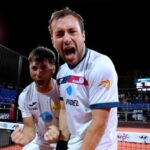
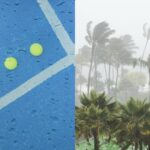
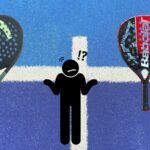


















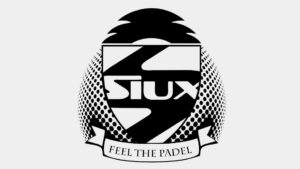


























































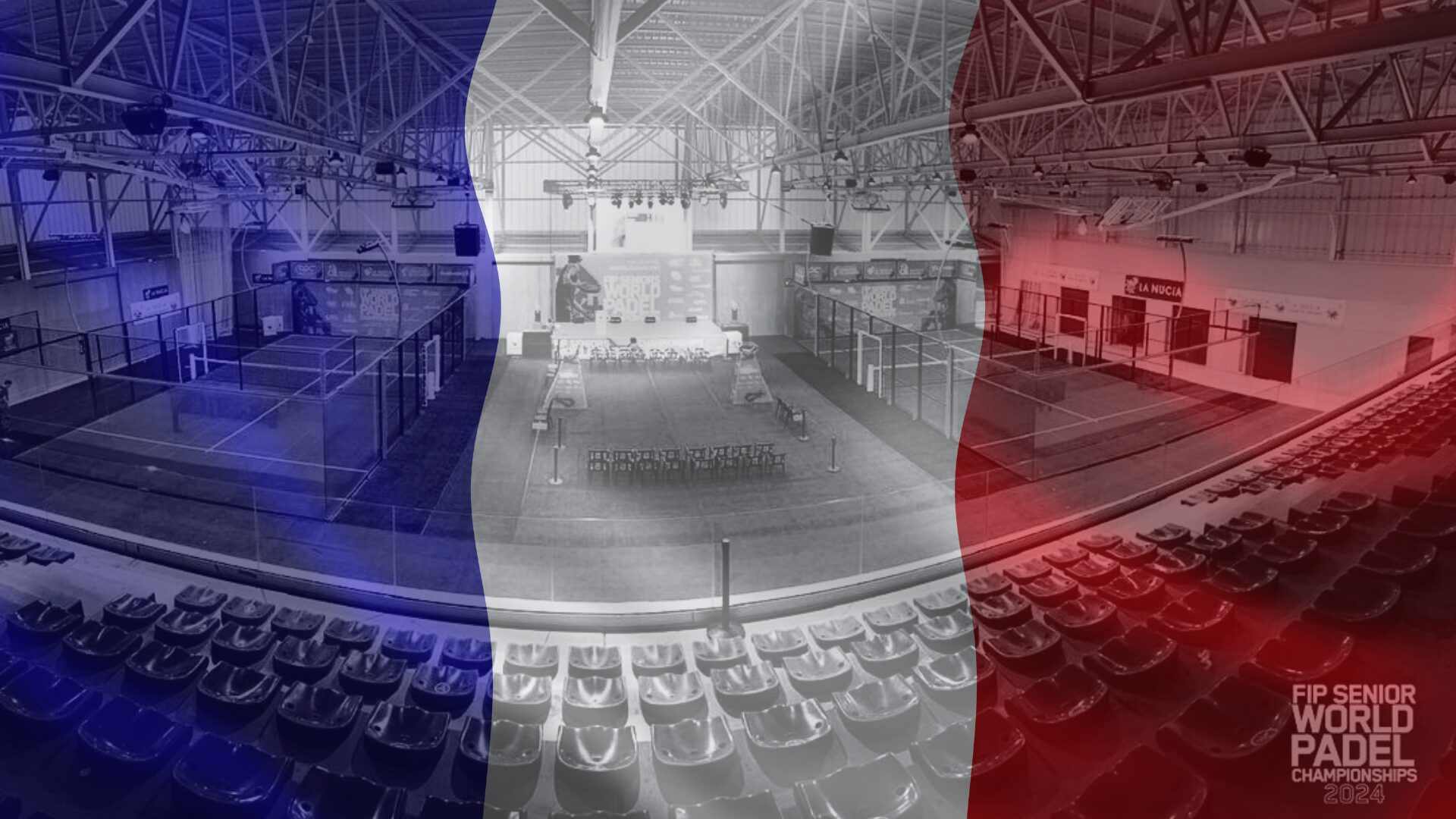 World Seniors Plus 2024 Open (M): four French pairs in the semi-finals, and the psychological advantage gained against the Italians!
World Seniors Plus 2024 Open (M): four French pairs in the semi-finals, and the psychological advantage gained against the Italians!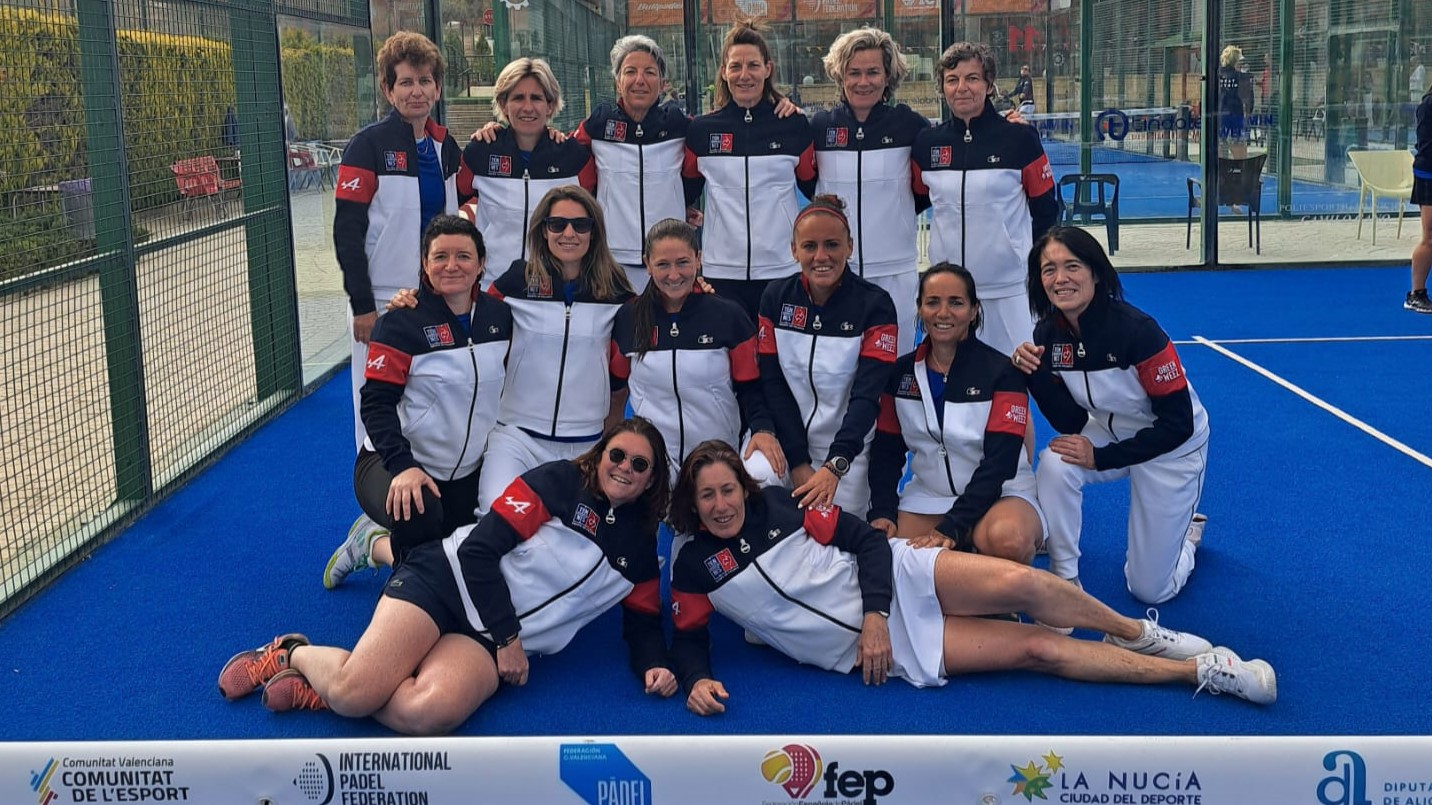 World Seniors Plus 2024 – The French women’s team in the final four!
World Seniors Plus 2024 – The French women’s team in the final four! How to effectively test a racket padel ?
How to effectively test a racket padel ?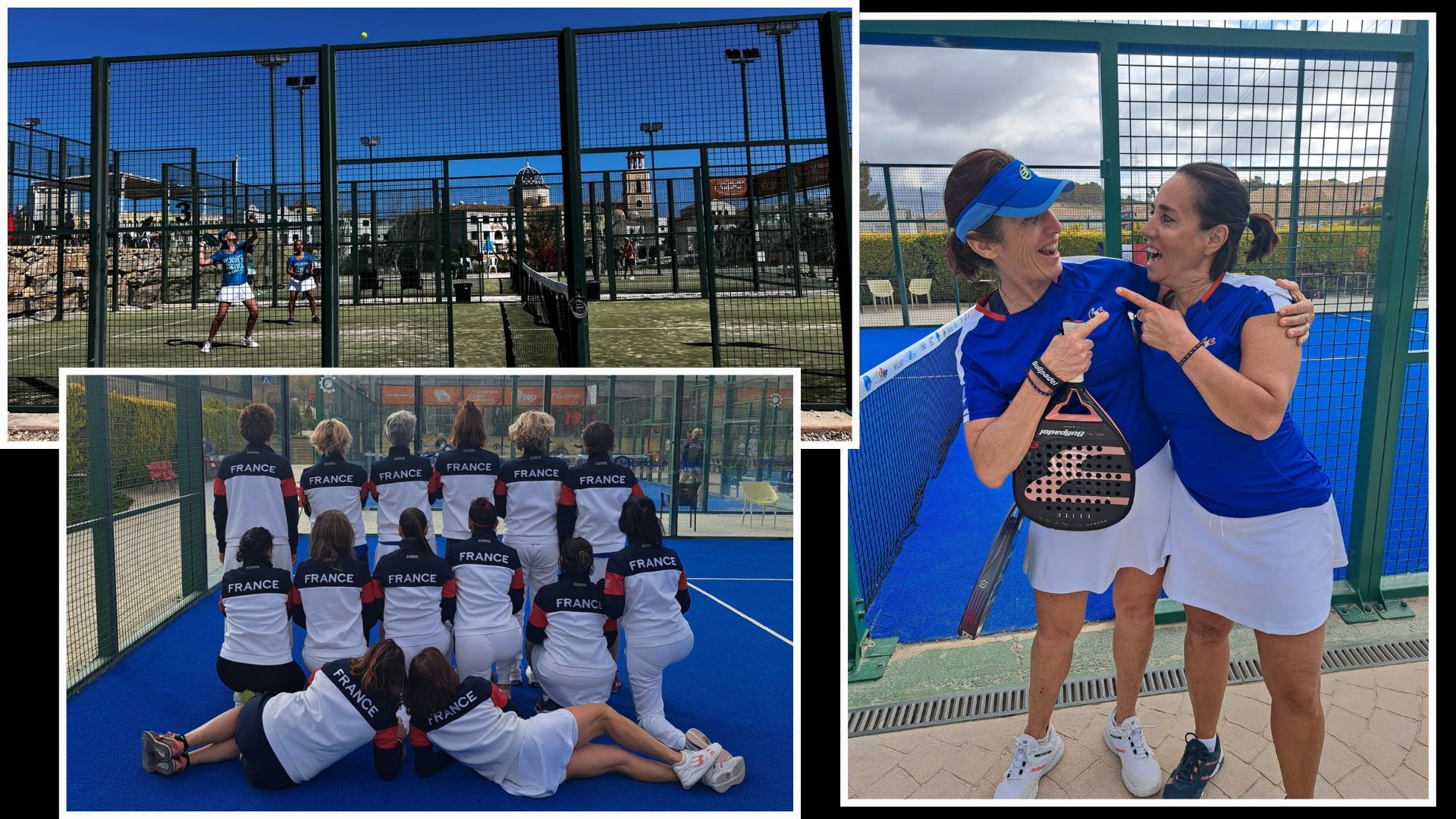 World Seniors Plus 2024 Open (F): heading to the quarter-finals for five French pairs!
World Seniors Plus 2024 Open (F): heading to the quarter-finals for five French pairs!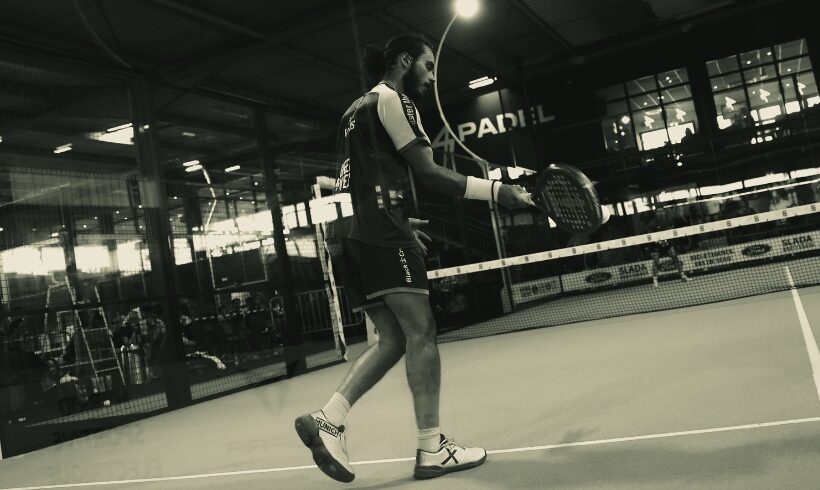 Manuel Vives: “It’s extremely difficult to get by financially”
Manuel Vives: “It’s extremely difficult to get by financially” And 4 for Frederick and Mehdy with network 4Padel !
And 4 for Frederick and Mehdy with network 4Padel !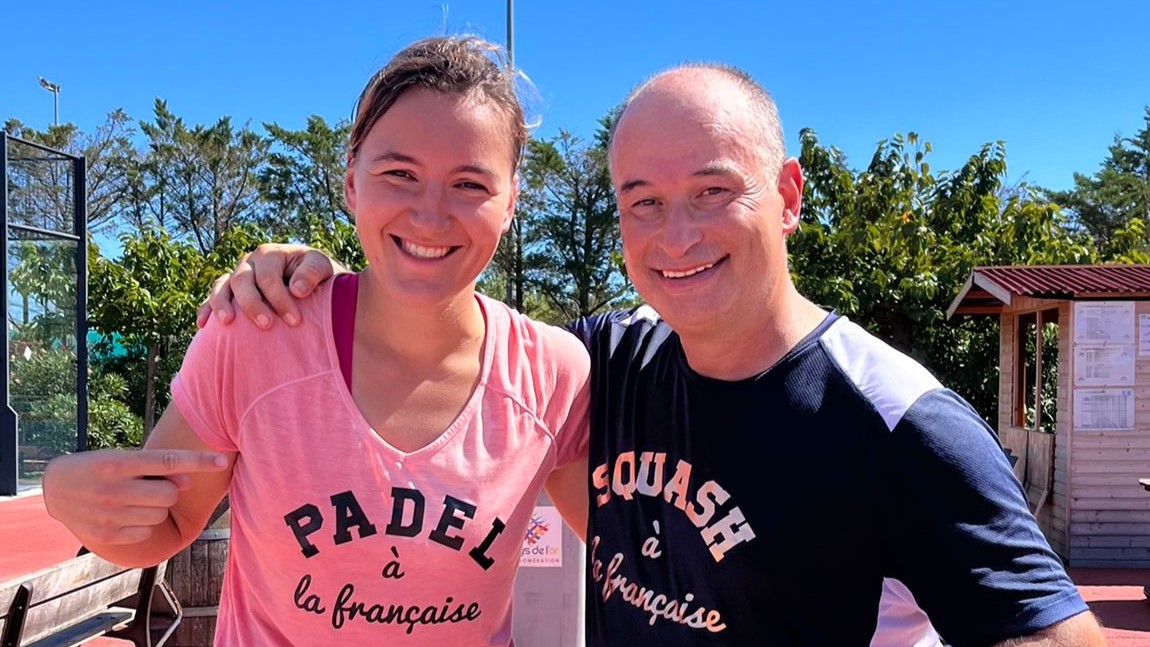 Benoît Letourneau (GM Squash & Padel): “Have a hundred young people in multi-snowshoes within three years”
Benoît Letourneau (GM Squash & Padel): “Have a hundred young people in multi-snowshoes within three years”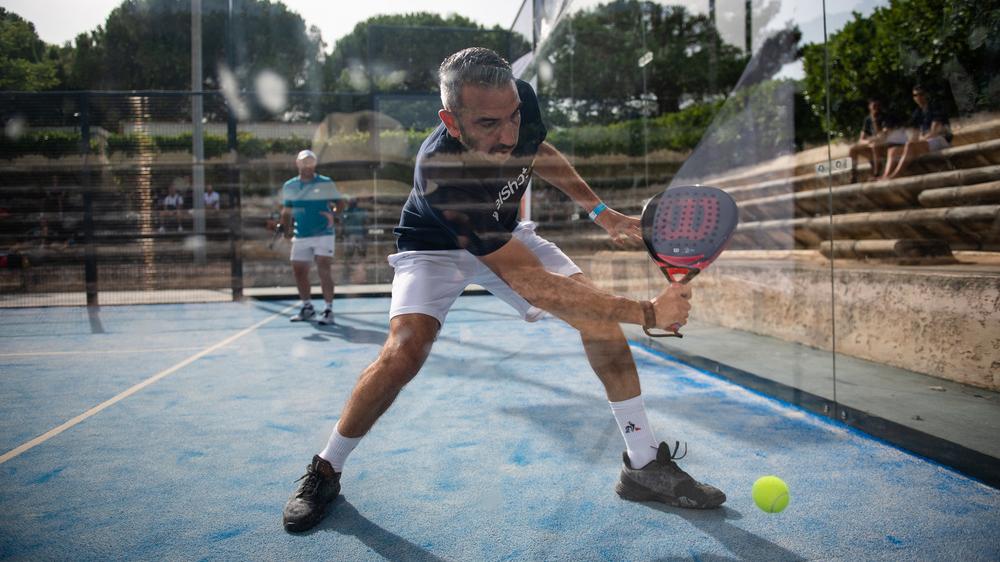 World Senior Plus – Simon Boissé: “Be in the first five places”
World Senior Plus – Simon Boissé: “Be in the first five places”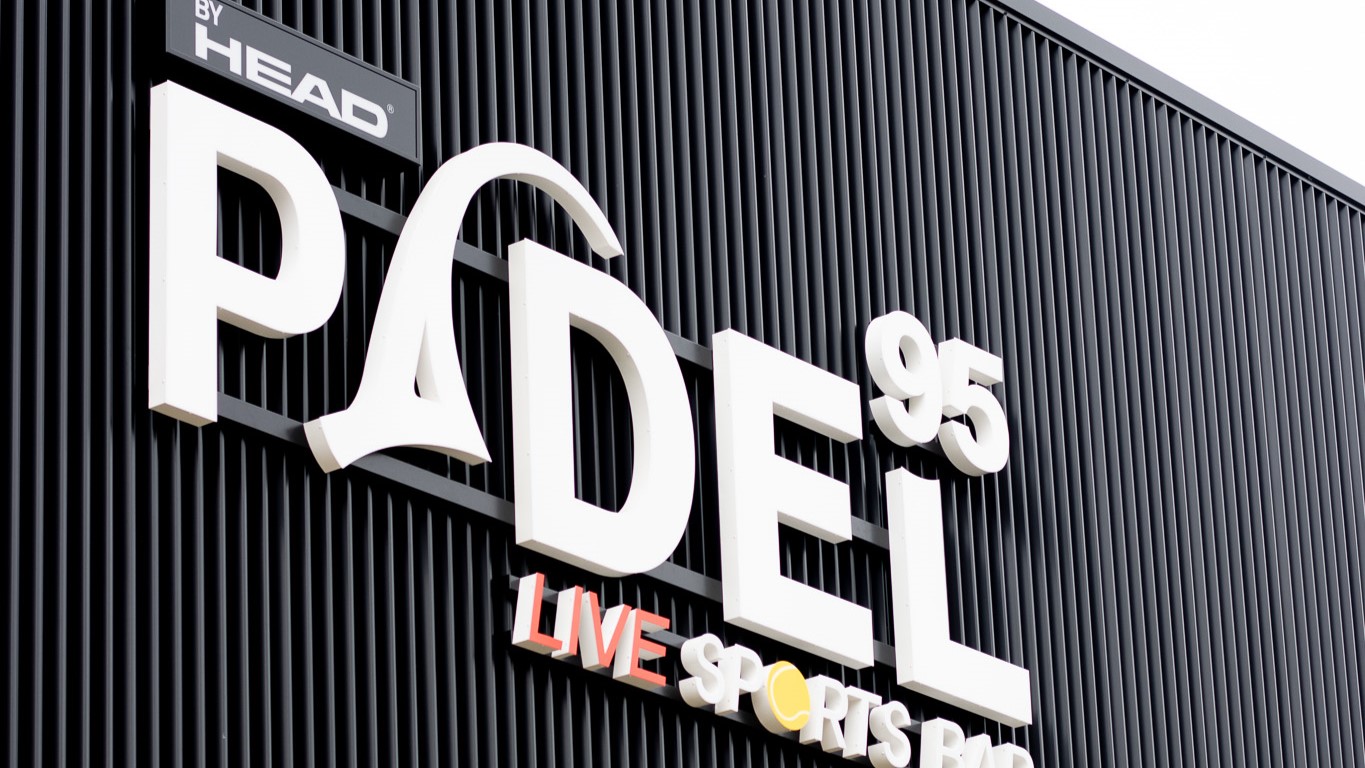 Padel 95: a brand new complex in Pontoise!
Padel 95: a brand new complex in Pontoise!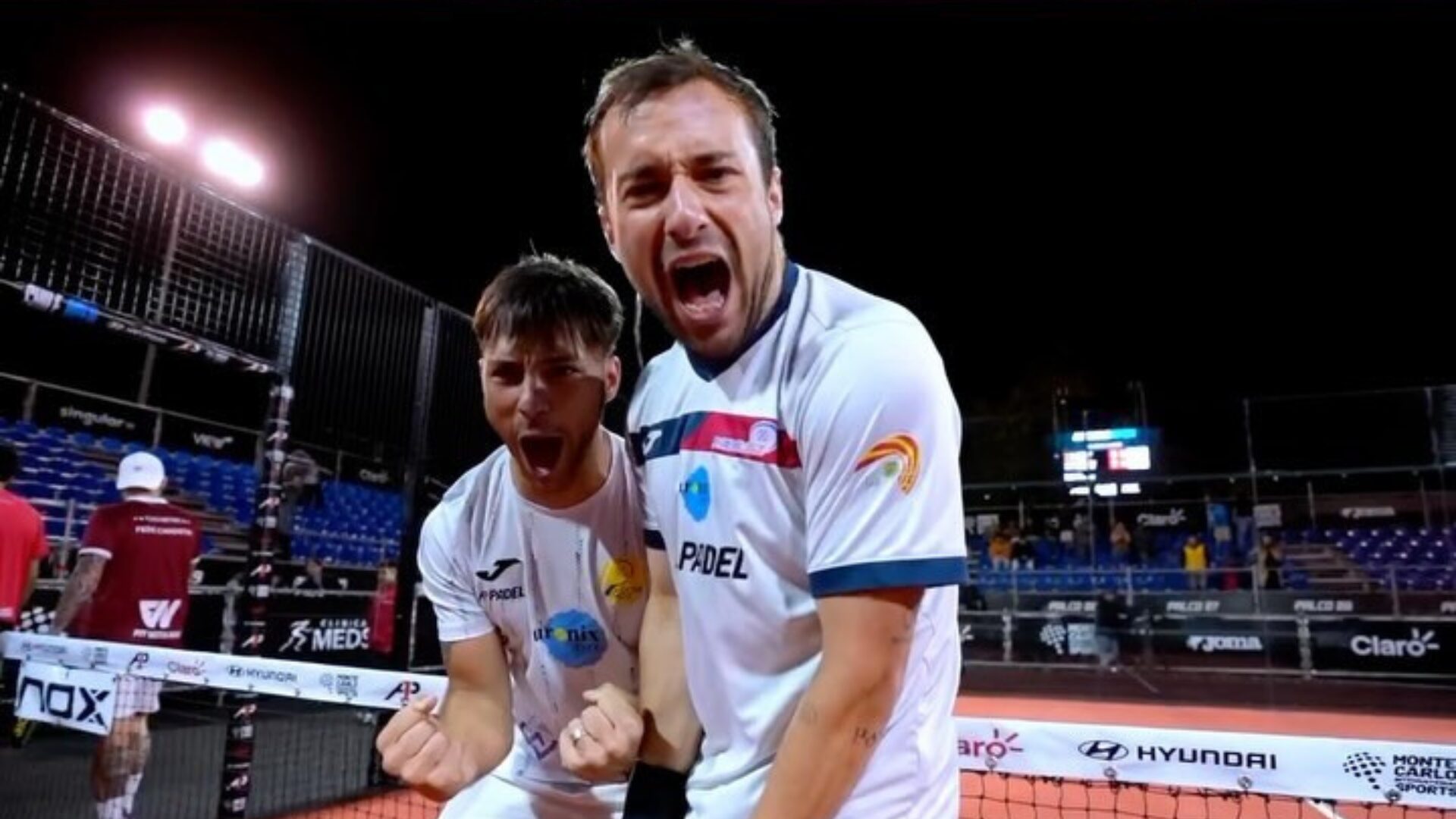 A1 Padel Chile Open – Chiostri and Sanchez eliminated, the eighths start strong!
A1 Padel Chile Open – Chiostri and Sanchez eliminated, the eighths start strong!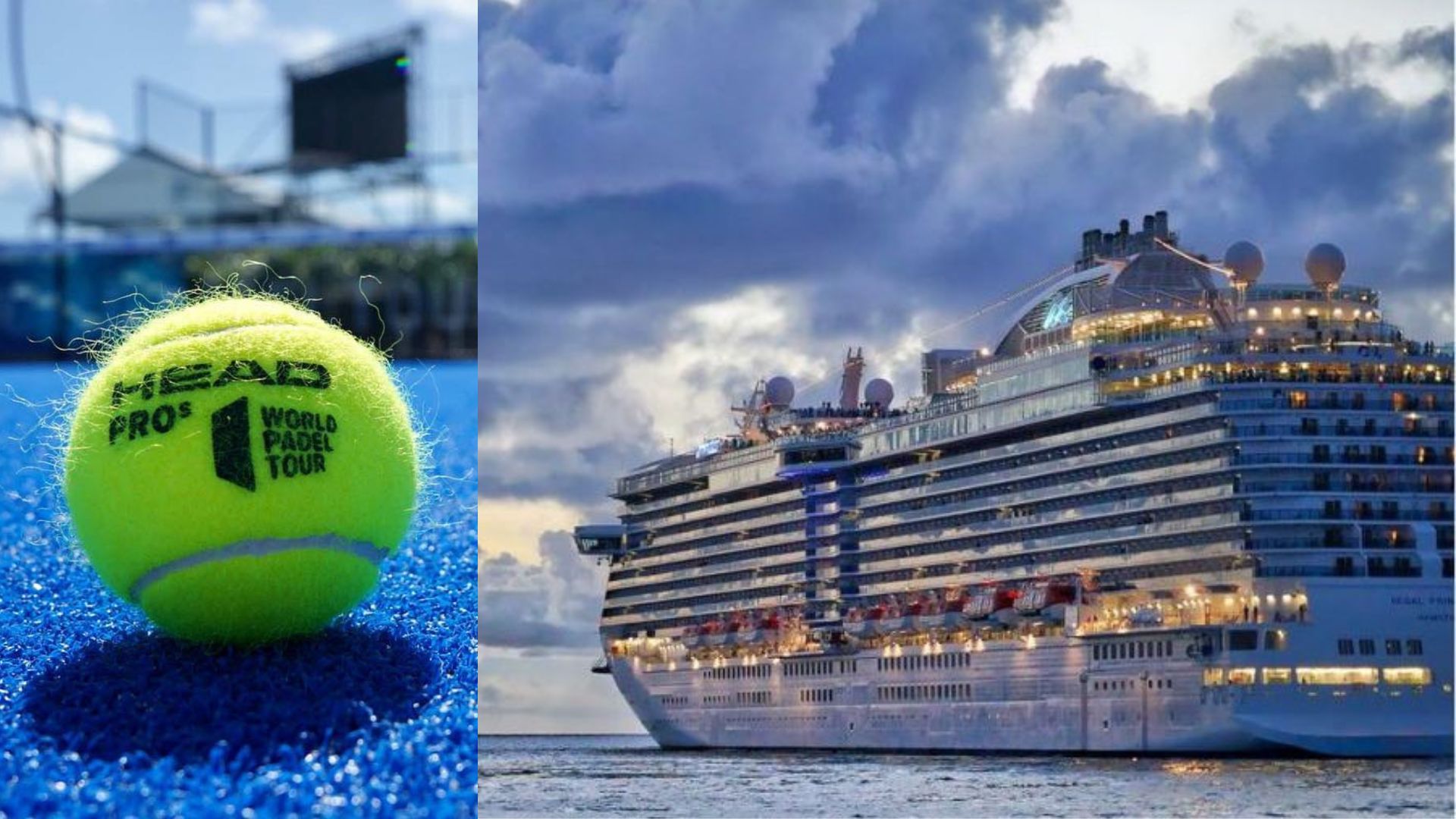 Play at padel on his yacht? Possible for €233.000!
Play at padel on his yacht? Possible for €233.000!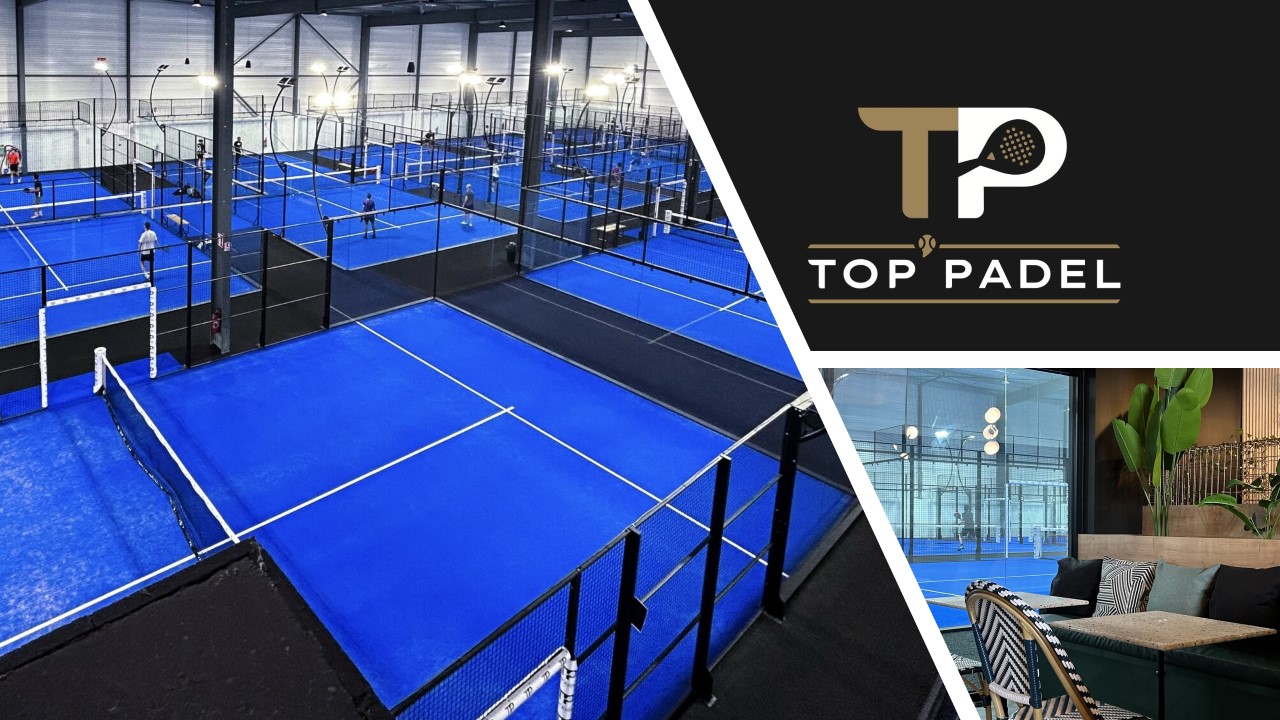 TOP Padel : “A premium club with 10 slopes in Toulouse”
TOP Padel : “A premium club with 10 slopes in Toulouse”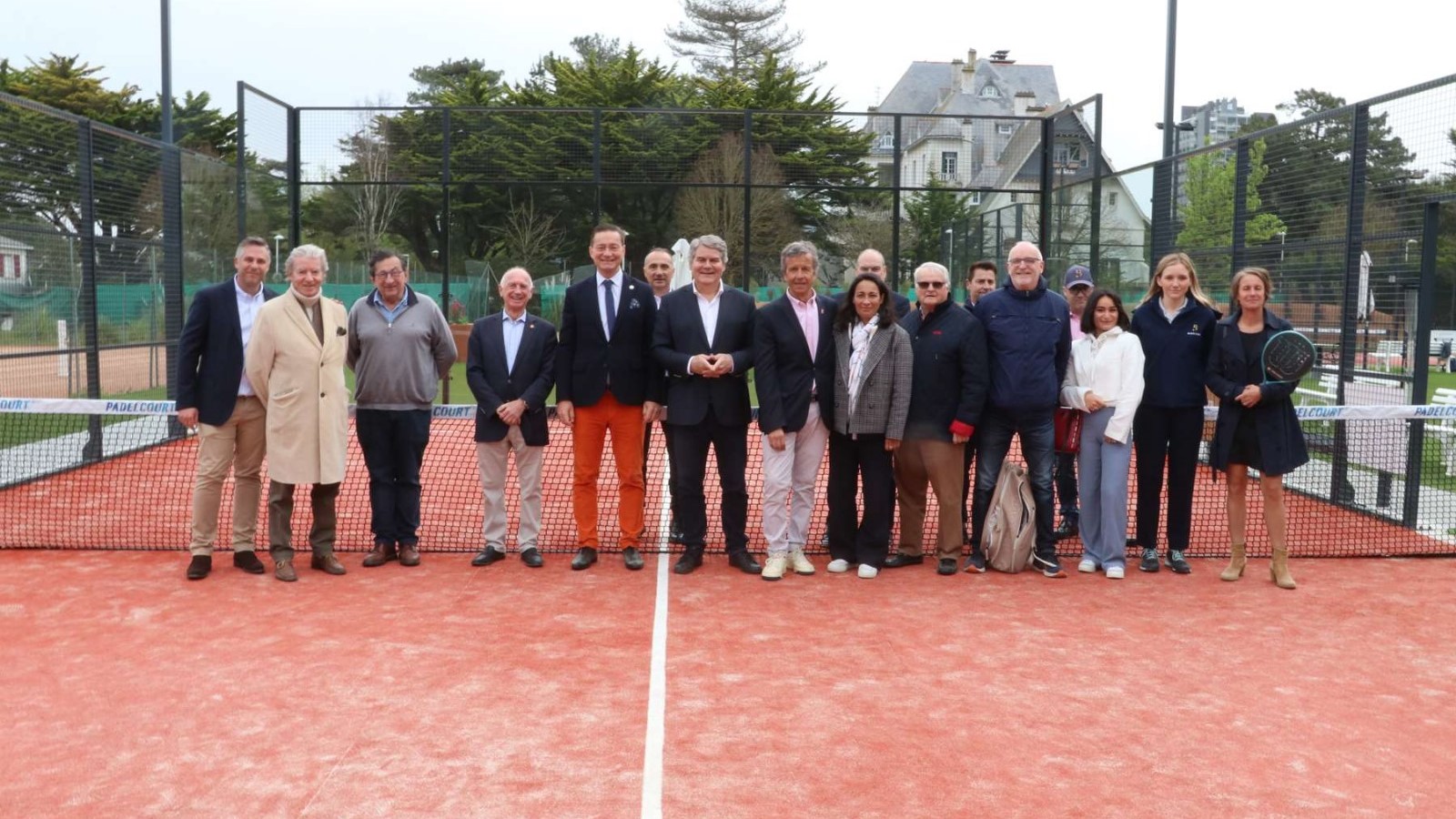 The padel of the Barrière Country Club are born in La Baule
The padel of the Barrière Country Club are born in La Baule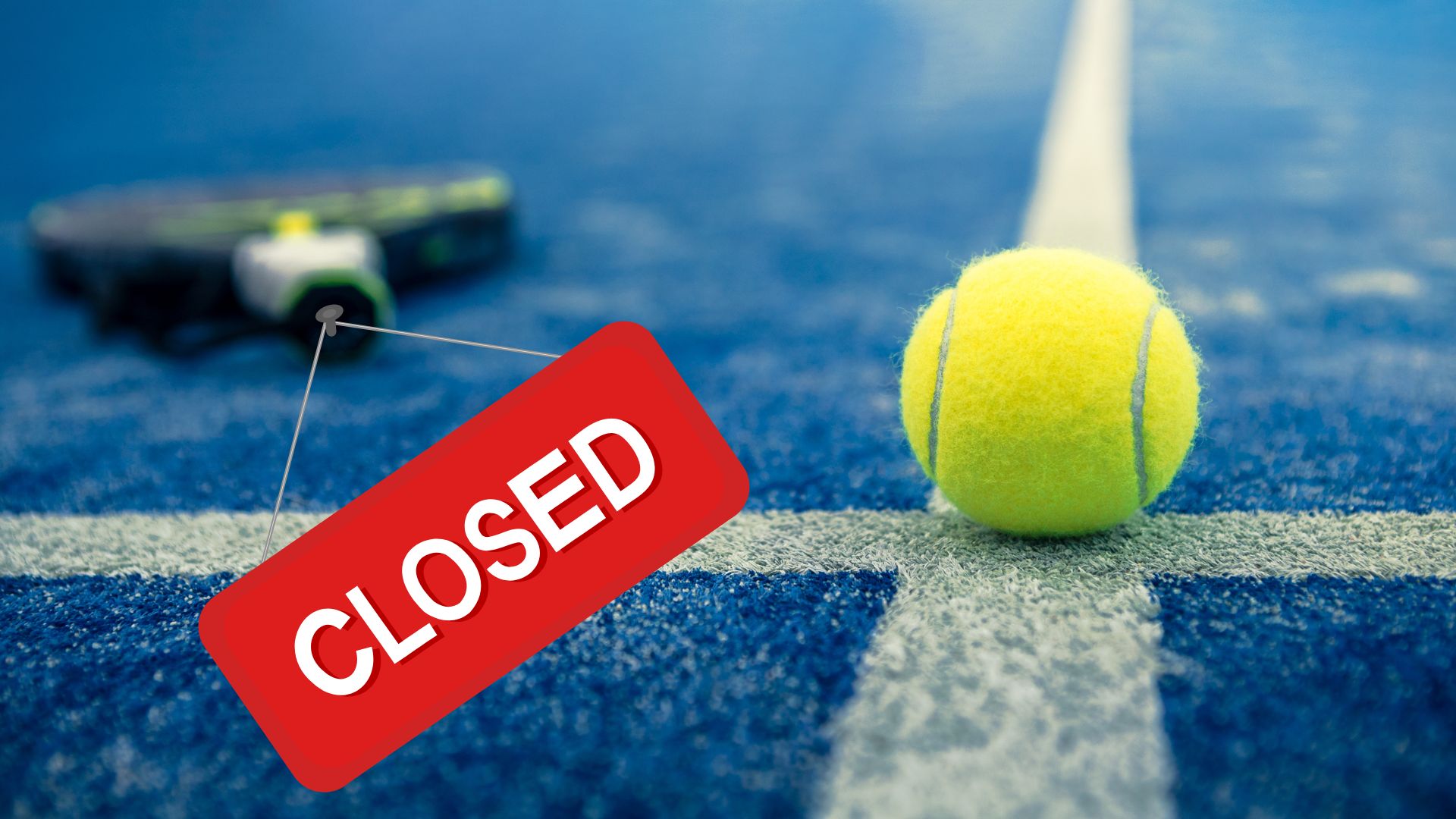 Why clubs padel do they close?
Why clubs padel do they close?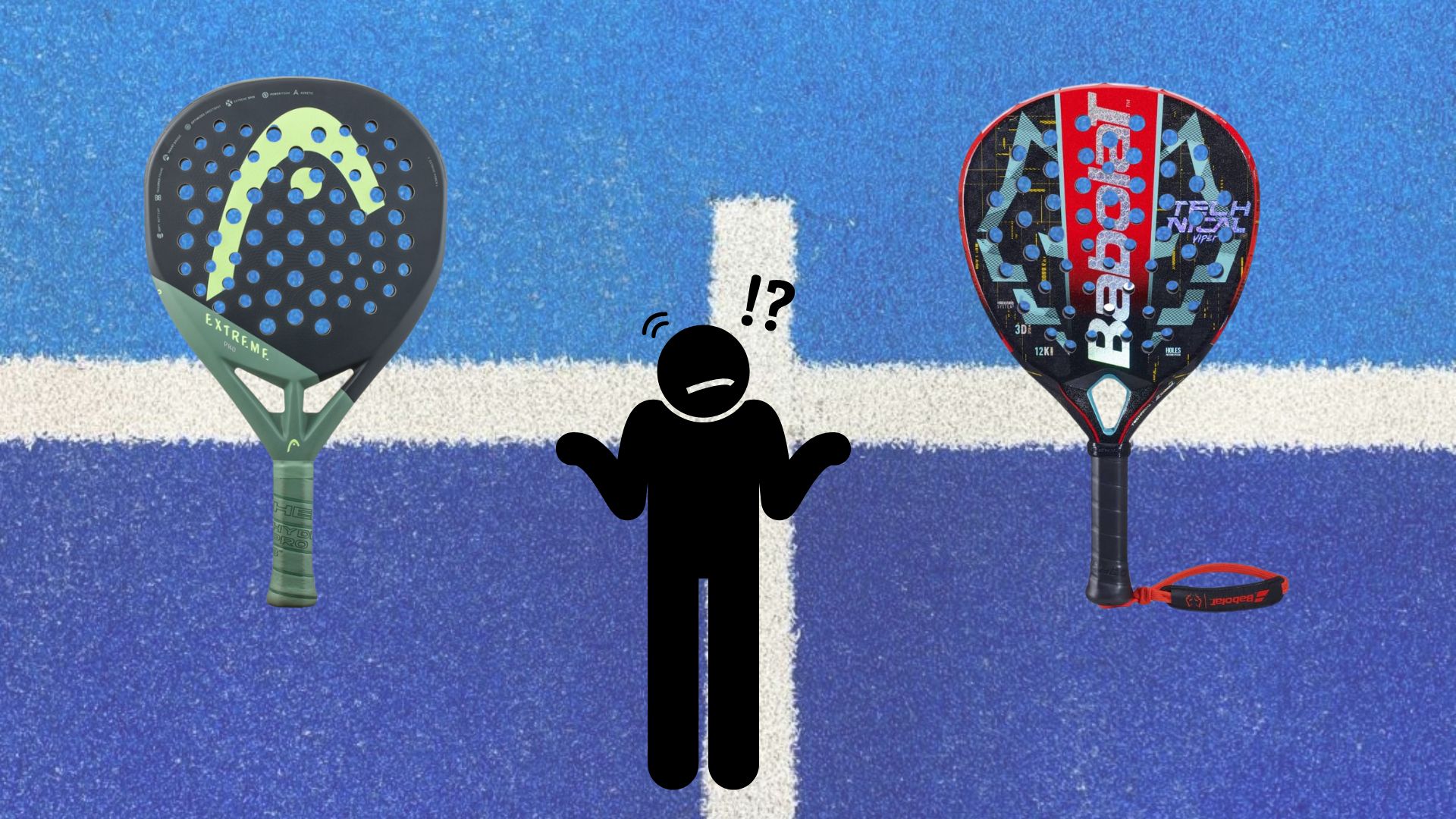 Which high-end racket to choose in 2024?
Which high-end racket to choose in 2024? At the heart of padel – Episode 24: Paul Daulan shares the evolution of his bandeja
At the heart of padel – Episode 24: Paul Daulan shares the evolution of his bandeja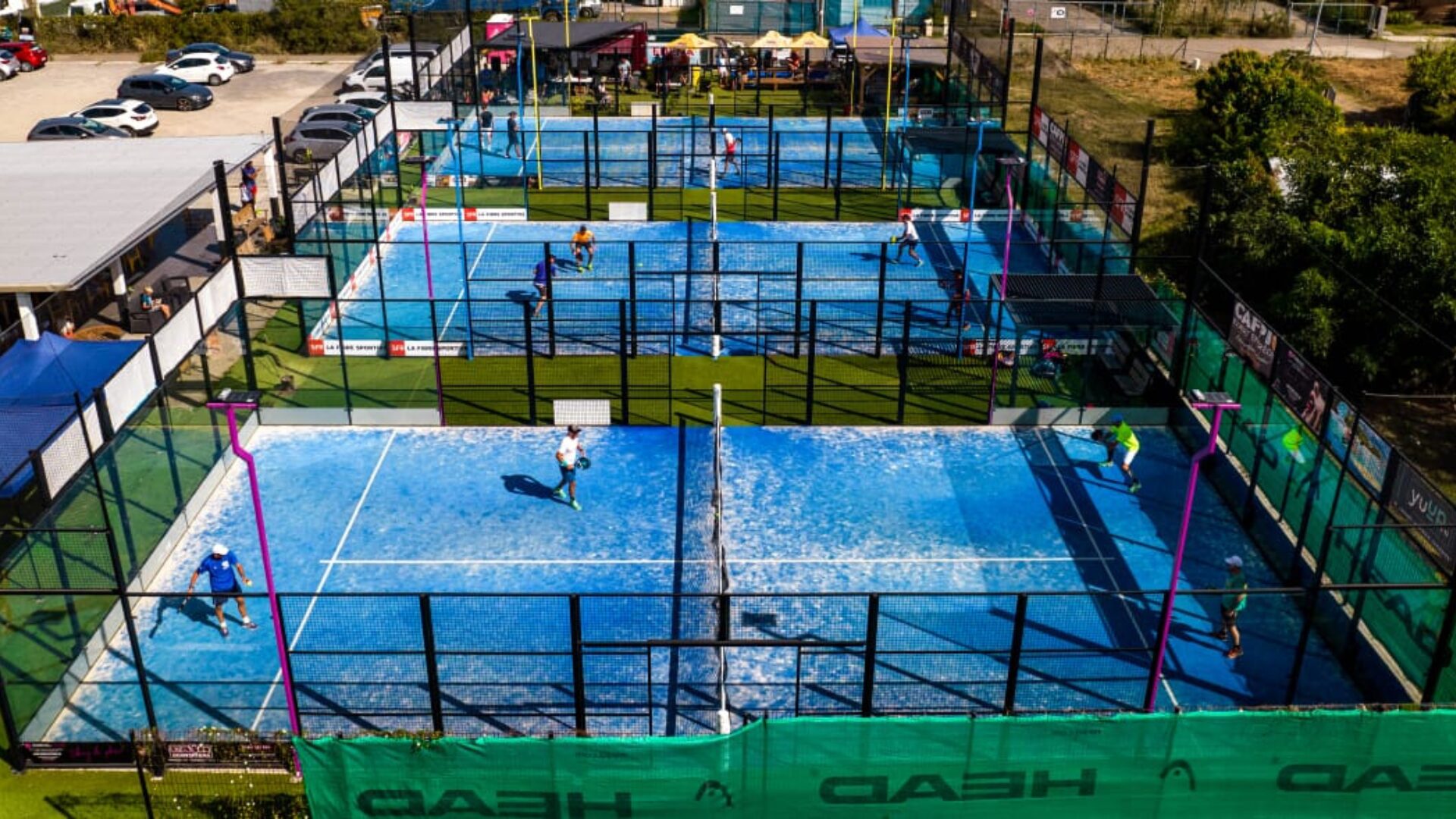 Why choose a track padel new?
Why choose a track padel new? At the heart of padel – Episode 23: defend the window well
At the heart of padel – Episode 23: defend the window well Prohibition on playing topless Padel : the reasons
Prohibition on playing topless Padel : the reasons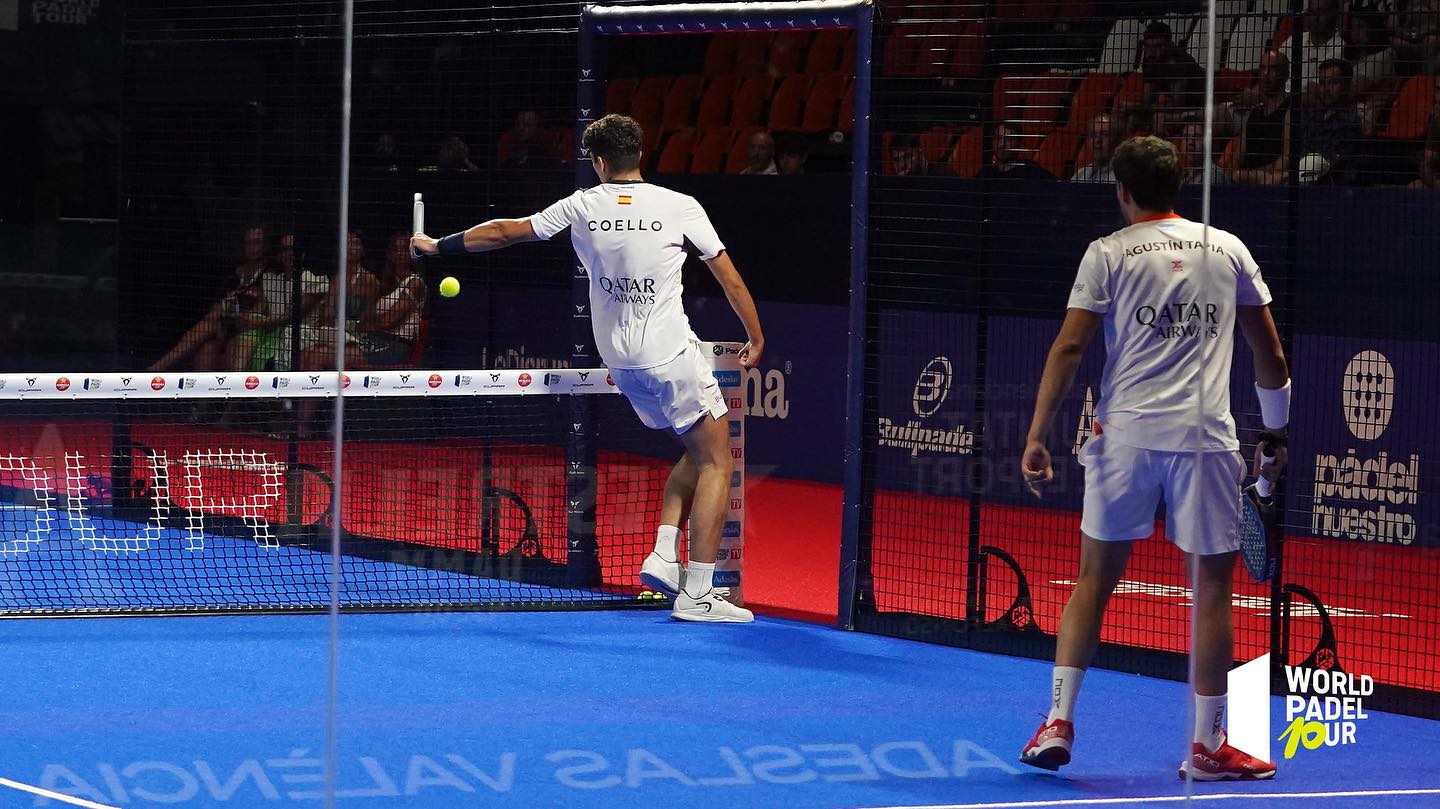 What is the difference between a dormilona, a dejada and a cushioned puerta?
What is the difference between a dormilona, a dejada and a cushioned puerta? FIP Tour – Going far from Europe, THE strategy to earn points!
FIP Tour – Going far from Europe, THE strategy to earn points! What is a good football player? padel ?
What is a good football player? padel ? “Lefties give me headaches when I play against them!”
“Lefties give me headaches when I play against them!” At the heart of padel – Episode 14: how to earn points in winter?
At the heart of padel – Episode 14: how to earn points in winter?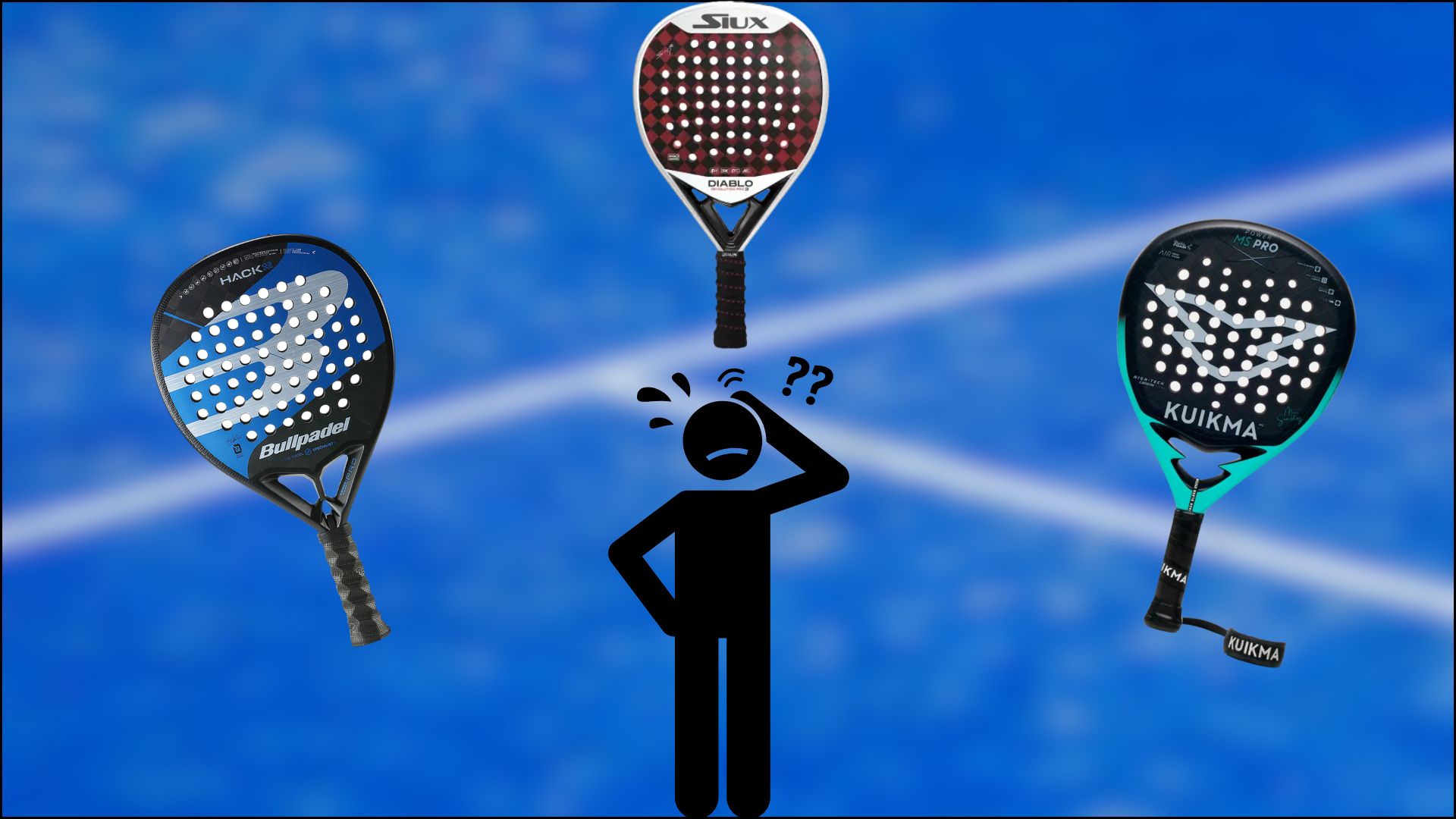 Choose your racquet padel in 3 steps
Choose your racquet padel in 3 steps La padel to fight Parkinson's disease
La padel to fight Parkinson's disease Don't play with a cracked or broken racket, your body will thank you!
Don't play with a cracked or broken racket, your body will thank you! Michel Cymes: “The padel, physically, it’s serious!”
Michel Cymes: “The padel, physically, it’s serious!” Jeremy Gala: “Promote the padel among young people in Belgium remains a challenge”
Jeremy Gala: “Promote the padel among young people in Belgium remains a challenge” The French Touch Academy organizes its selection day Padel-Study
The French Touch Academy organizes its selection day Padel-Study Report on the detection and training of younger generations
Report on the detection and training of younger generations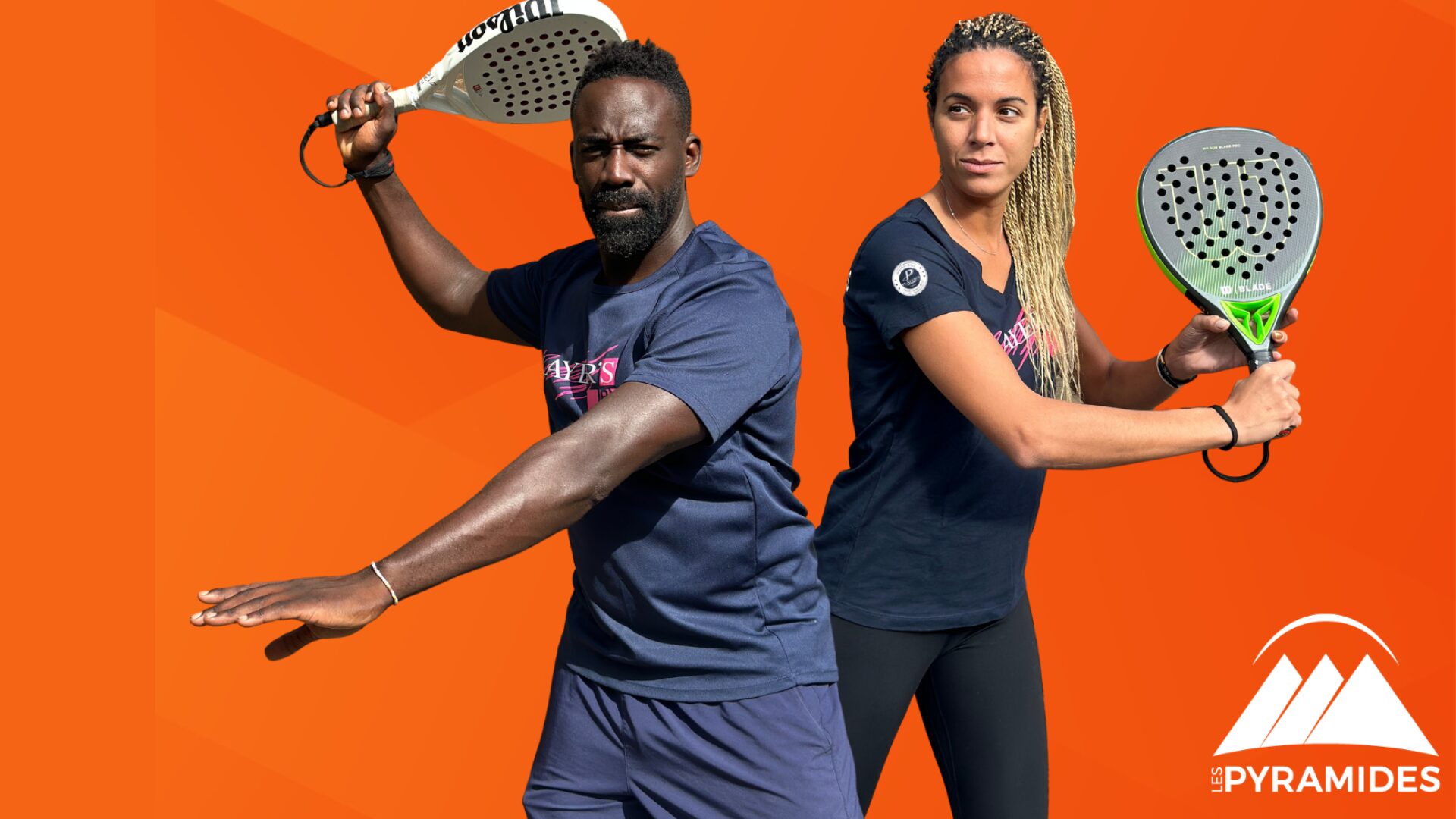 Player's adult courses from April 8 to 21, 2024!
Player's adult courses from April 8 to 21, 2024!
Good morning all
for 30 years it has been regularly announced that the padel will overtake tennis in France and for that we rely on Spain.
But it is a mistake! Spain and France cannot be compared on the organization of sport on the culture of the physical effort of the populations on their sports education and much more.
Le padel should not be a popular sport but a top-of-the-range sport with a strong economy: Golf, Mechanical sport, Winter Sport…. see tennis in the 21 st century in France compared to the 1990s…. it is popular but it s 'is impoverished.
And in Spain the clubs are doing badly, the players do not want to pay and no longer want to consume, the economy of Padel more and more like that of the padel Argentine….
Let's get out of this spiral once and for all.
Claude